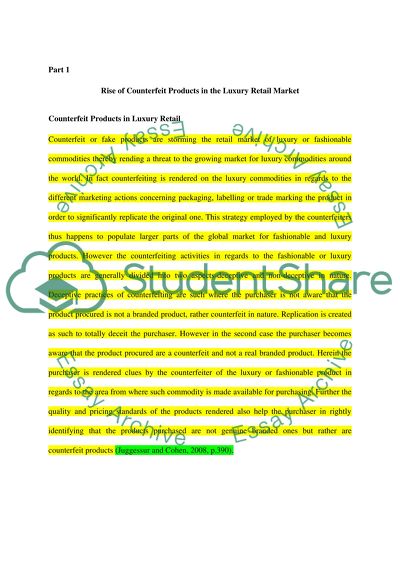Cite this document
(“GLOBAL MARKETING Essay Example | Topics and Well Written Essays - 3000 words”, n.d.)
Retrieved from https://studentshare.org/marketing/1397782-global-marketing
Retrieved from https://studentshare.org/marketing/1397782-global-marketing
(GLOBAL MARKETING Essay Example | Topics and Well Written Essays - 3000 Words)
https://studentshare.org/marketing/1397782-global-marketing.
https://studentshare.org/marketing/1397782-global-marketing.
“GLOBAL MARKETING Essay Example | Topics and Well Written Essays - 3000 Words”, n.d. https://studentshare.org/marketing/1397782-global-marketing.


